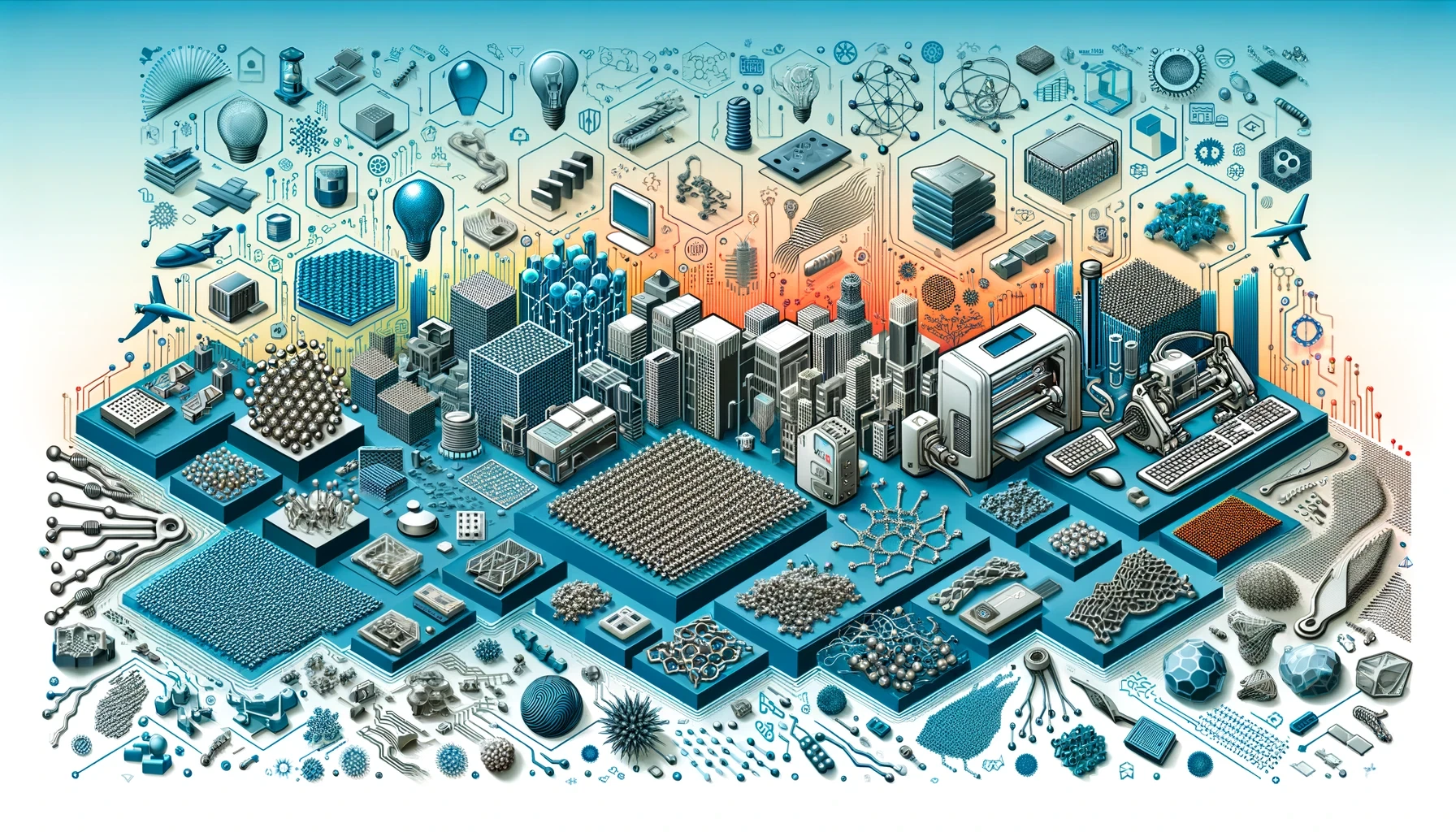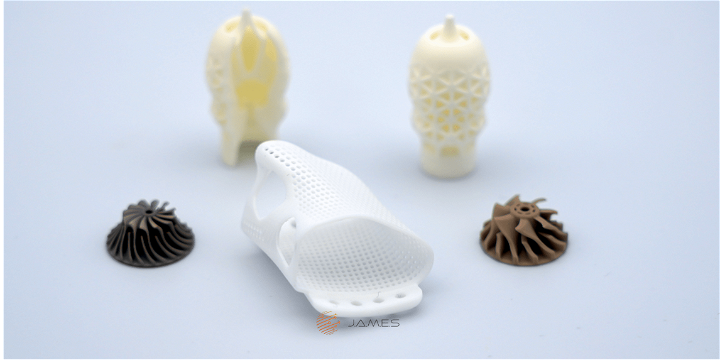3D Printing & Electronics: Fusion With New Materials

The combination of 3D printing and electronics has brought about a new era in manufacturing, enabling the production of intricate electronic components with remarkable efficiency and adaptability. Key advancements include progress in advanced electronic materials and organic electronics. These developments hold the potential to transform how electronic devices are manufactured while also presenting new opportunities for their design and capabilities. Let's take a look into some of the ways in which 3D printing and electronics are transforming manufacturing.
Advanced Electronic Materials in 3d Printing
Advanced electronic materials like graphene, gallium nitride, and various nanomaterials have superior properties such as higher conductivity, flexibility, and greater strength compared to traditional materials like silicon. For example, gallium nitride is being explored for high-performance power-switching semiconductor devices with significantly extended application voltages beyond what silicon can achieve. Startups and scaleups are exploring these materials to develop semiconductors that are more efficient and capable of handling higher voltages, essential for electric vehicles, industrial motor control, and energy grid applications.
Organic Electronics in 3d Printing
Organic electronics offer cost-effectiveness, flexibility, and environmental sustainability compared to traditional materials. These electronics are composed of organic compounds with distinctive characteristics like lightweightness, transparency to light, and suitability for flexible electronic devices. Their use is especially attractive in the creation of flexible displays, lighting systems, and solar cells where conventional inorganic materials have limitations. Moreover, organic electronics can be manufactured into thin films at lower temperatures making them compatible with different substrates and suitable for integration into 3D printed objects.
The Impact of 3d Printing
3D printing technology, with its capability for layer-by-layer fabrication, plays a crucial role in utilizing these advanced and organic materials to their full potential. It allows for the precise placement of materials, creating complex structures that were previously impossible or too expensive to manufacture. This has opened up new avenues in electronics manufacturing, enabling the production of components with complex geometries, customized designs, and functional integration that were previously unthinkable.
Challenges and Opportunities
Despite the promising advancements, the integration of advanced electronic materials and organic electronics into 3D printing faces several challenges. These include ensuring material compatibility, achieving the desired electrical performance, and scaling up production. However, the ongoing research and development efforts in this field are addressing these challenges head-on, promising to overcome these challenges and overcome the full potential of these technologies.
As we look to the future, the continued innovation in advanced electronic materials and organic electronics, combined with 3D printing technology, holds the key to transforming the electronics manufacturing industry. It not only enables more sustainable and efficient production processes but also changes the way for the next generation of electronic devices, characterized by their customizability, functionality, and integration capabilities.
References
1. StartUs Insights. (2023). "Top 10 Electronics Industry Trends for 2024". Retrieved from www.startus-insights.com.
2. 3D Printing Industry. (2024). "3D Printing Trends for 2024 - Industry Expert Analysis on what to watch this year". Retrieved from www.3dprintingindustry.com.
3. Expert Market Research. (2024). "3D Printed Electronics Market Size, Share, Trends 2024-2032". Retrieved from www.expertmarketresearch.com.
Related Articles

Why should I print PCBs instead of manufacturing them traditionally?

Catalyzing Transformation In High-Tech Domains: Consumer Electronics And The Automotive Sector Through XTPL S.A.’s Innovations





